Pioneers of magic: the artists of the Golden Age of Illustration
Meet the illustrators and their artworks from the Golden Age of Illustration.
During the Victorian era, what would later be called the Golden Age of Illustration emerged. This period lasted from 1880 to 1930 and was driven by new printing methods for illustrations, mass education, and a newfound desire among people to buy and give books as gifts. And in today’s post, we’re going to talk about the central figures of this era: the illustrators.
Before the so-called Golden Age, illustrators often worked anonymously. Some were not only illustrators but also designers, painters, and writers. They would take on illustration jobs for books, magazines, and other purposes, like postcards. Others were known for being excellent painters and made a living from their art.
With the boom in illustrated book production, illustrators were hired more frequently for this market. But more than that, they were also hired for their unique illustration styles and the themes they usually illustrated.
In other words, the artist's style became an important factor when choosing an illustrator for a book. So much so that people who bought books also cared about who had illustrated them.
It’s also important to bring some context to this period. Europe had just gone through the Industrial Revolution, when everything began to be standardized, mechanized, and mass-produced.
A clear example from everyday life is clothing. Before, if you wanted new clothes, you had to go to a tailor, a seamstress, or make them at home. After the Industrial Revolution, clothing stores began to appear, with standardized sizes. That is, the world of fashion became less authentic. And this extended to many other areas of life.
As a response to this era when things were becoming less authentic, more mechanical, and standardized, artists began to value beautiful craftsmanship and authenticity. It’s no surprise that this was also when Art Nouveau emerged, with its organic lines and floral elements.
Illustration legends: who were they?
As we’ve already mentioned in some previous posts in this series, the artists of this period were mostly based in Europe and the United States. They used the materials available at the time, like watercolor, gouache, pen and ink, and tempera. They illustrated themes related to fairy tales, mythology, and folklore. Over time, they also illustrated classic literature and adventure stories.
Besides Art Nouveau, other artistic movements that influenced these illustrators were:
Impressionism (1872–1892)
Arts & Crafts Movement (1880–1910), and
Pre-Raphaelites (1848–early 20th century).
Elements like everyday life scenes, attention to detail, anti-industrial aesthetics, bright colors, Renaissance style, and traditional craftsmanship were all part of the visual language that inspired these artists.
The illustrations they created weren’t considered fine art because they were made to be sold, didn't express complex ideas, and were mainly intended to help readers visualize the story and its characters. They were also strongly associated with children.
This era began with four main artists who illustrated children’s book stories and, over time, inspired others who would become major names of the period:
John Tenniel (1820–1914 | England)
Walter Crane (1845–1915 | England)
Kate Greenaway (1846–1901 | England)
Randolph Caldecott (1846–1886 | England)
After them came many more, and here is a list of the main ones, grouped by their predominant illustration style.
Pen and Ink
Henry J. Ford (1860–1941 | England)
Louis Rhead (1858–1926 | USA)
Reginald Birch (1856–1943 | England)
Charles Dana Gibson (1867–1944 | USA)
Aubrey Beardsley (1872–1898 | England)
Colorful Illustrations
Rene Bull (1872–1942 | Ireland)
Milo Winter (1888–1956 | USA)
Charles Robinson (1870–1937 | England)
Elizabeth Shippen Green (1871–1954 | USA)
Stylized
Maxfield Parrish (1870–1966 | USA)
Edmund Dulac (1882–1953 | France)
Heath Robinson (1872–1944 | England)
Edward Penfield (1866–1925 | USA)
J.C. Leyendecker (1874–1951 | USA)
Watercolors
Anne Anderson (1874–1952 | Scotland)
Beatrix Potter (1866–1943 | England)
Honor Appleton (1879–1951 | England)
Maria Kirk (1860–1938 | USA)
Jessie Willcox Smith (1863–1935 | USA
Whimsical
Kay Nielsen (1886–1957 | Denmark)
Elenore Abbott (1875–1935 | USA)
Virginia Frances Sterrett (1900–1931 | USA)
Ivan Bilibin (1876–1942 | Russia
Exquisite and Fantasy
Arthur Rackham (1867–1939 | England)
Harry Clarke (1889–1931 | Ireland)
Natural Realism
Worth Brehm (1883–1928 | USA)
Impressionism
Harvey Dunn (1884–1952 | USA)
W.J. Aylward (1875–1956 | USA)
Gustaf Tenggren (1896–1970 | Sweden)
Adventure and Dynamic Action
Howard Pyle (1853–1911 | USA)
N.C. Wyeth (1882–1945 | USA)
J. Allen St. John (1875–1957 | USA)
Storytelling through art: a new standard
Anyone who works as a children’s book illustrator has likely heard that we should tell a story through the illustration. After all, when children who don’t yet know how to read pick up their books, they use the images to imagine an entire story. So, the richer the illustration is in narrative and detail, the more the child will be able to imagine and tell their own story, even without reading.
But do you know where this idea—that children’s book illustrations should tell a story—came from?
Well, you probably already know the answer: from the Golden Age of Illustration.
Before this era, illustrations were seen as decorative or as a simple complement to the text. They didn’t necessarily have to tell a story. But that changed during this period. From then on, illustration became central to the narrative, guiding emotions, setting the atmosphere, and portraying the characters’ actions.
To achieve this, illustrators used concepts like composition, light, and movement. They also illustrated facial expressions to tell the story without words. Some even added extra characters to scenes to create secondary narratives or add more context to the main scene.
Because of this, in addition to technical skills—composition, light, human and animal figures—illustrators needed narrative sensitivity to tell stories through illustrations.
The concept of storytelling through illustration, born in this era, is still used today in cinema, graphic design, comics, children’s books, and advertising.
5 Memorable books from the Golden Age of Illustration
So far, we’ve talked about what the Golden Age of Illustration was, mentioned key artists, and looked at some artwork from the era. Now let’s look at a few of the books that marked this period:
1 - Alice’s Adventures in Wonderland – 1865
Written by Lewis Carroll, this book has had many adaptations, like Disney’s 1951 animation, the 2010 live-action, and shortened picture book versions for children. But it was first published with illustrations in 1865, and John Tenniel was responsible for them.
2 - The Merry Adventures of Robin Hood – 1883
Another book that has had many adaptations in other media. It was written and illustrated by Howard Pyle in 1883. With this book, Pyle brought action, emotion, and authenticity to the illustrations, which inspired other artists to apply these elements to children’s book illustrations.
3 - The Arabian Nights (Deluxe Illustrated Edition) – 1907
Illustrated by Edmund Dulac, who got inspiration from oriental art and Art Nouveau to create his illustrations. These dreamlike and decorative visuals became a model for fantasy illustration.
4 - Grimm’s Fairy Tales – 1909
Originally published in 1812 by the Brothers Grimm, the 1909 edition illustrated by Arthur Rackham gave the stories a dark, mystical atmosphere.
5 - Treasure Island – 1911
If I asked you to imagine what a pirate looks like, you’d probably picture something close to N.C. Wyeth’s illustrations for Treasure Island, written by Robert Louis Stevenson.
Although this is not the origin of the visual figure of the pirate that we know today (it was Howard Pyle who created the visual concept first) this book helped to reinforce the idea of a pirate with a tricorn hat, eye patch, parrot on the shoulder, curved sword, headscarf and golden earring.
These are just a few of the many iconic books from the era. Listing them all would take hours!
So, in the next editions of this series on the Golden Age of Illustration, we’ll dive deeper into the lives and work of key artists from the time, like Howard Pyle, Arthur Rackham, Kay Nielsen, and N.C. Wyeth—and explore the books they illustrated.
Have you read any books from that time, or had a childhood book from this time that you loved?
I didn’t have access to these books as a child, but during my research for this series, I fell in love with the work of Kay Nielsen.





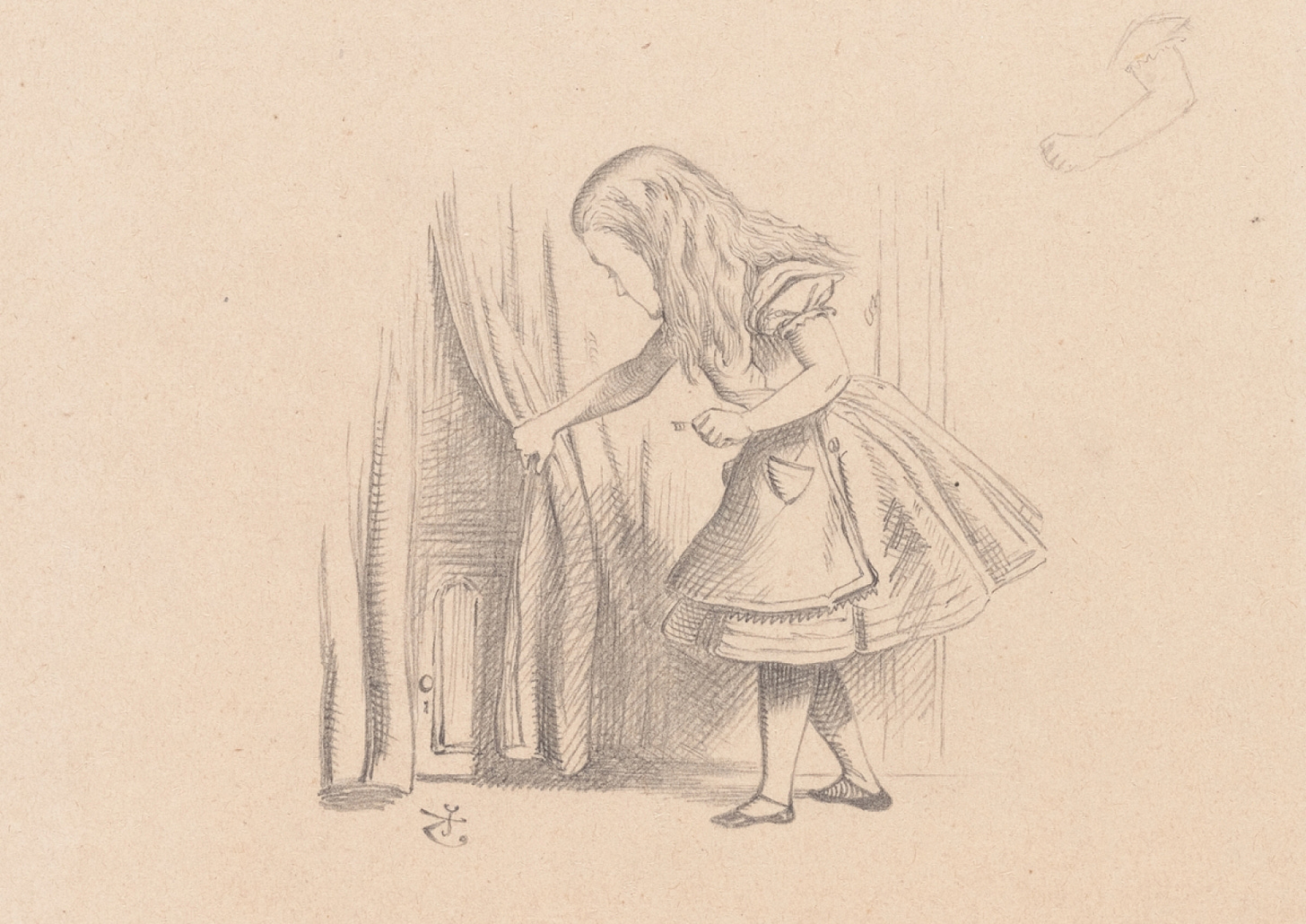


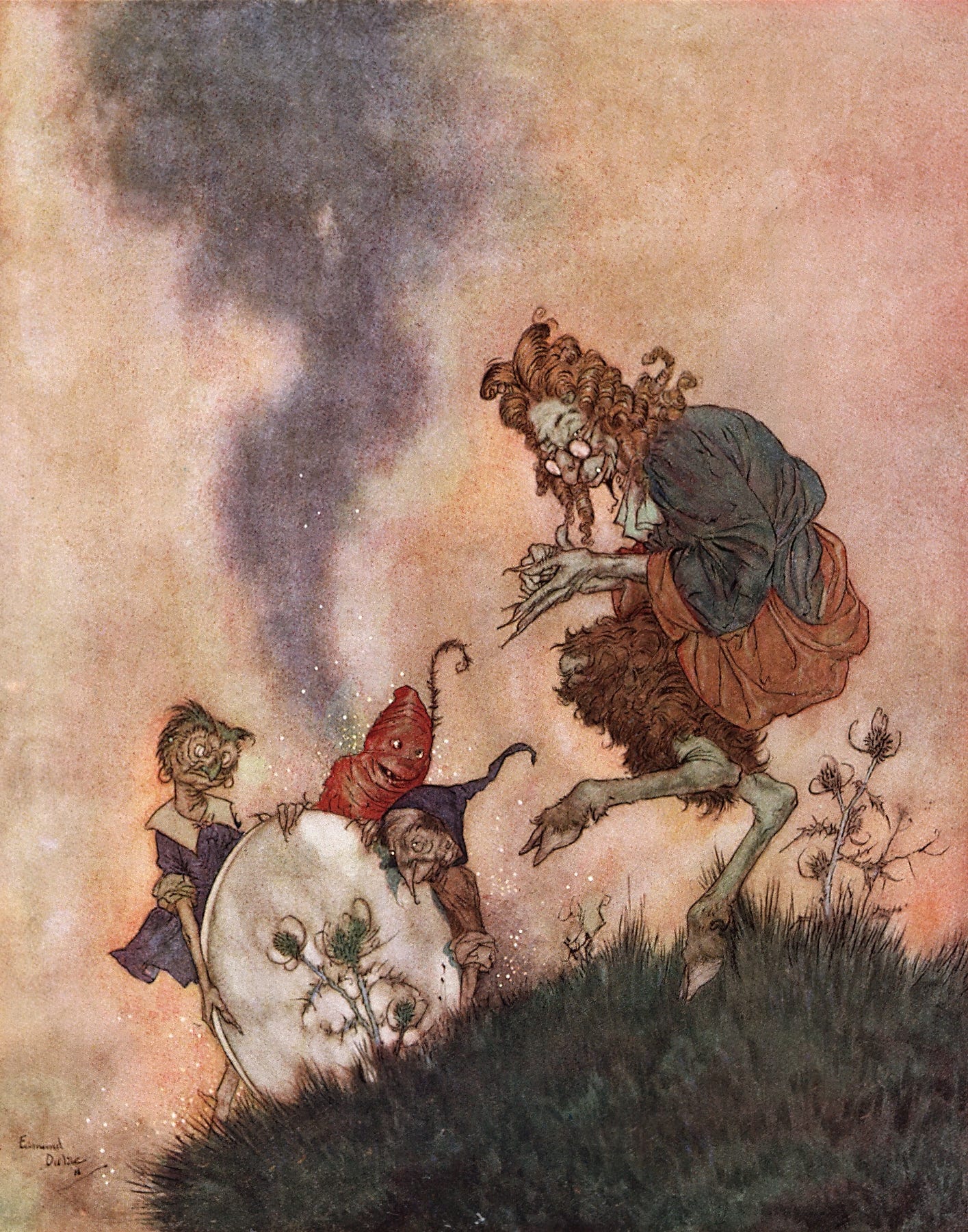
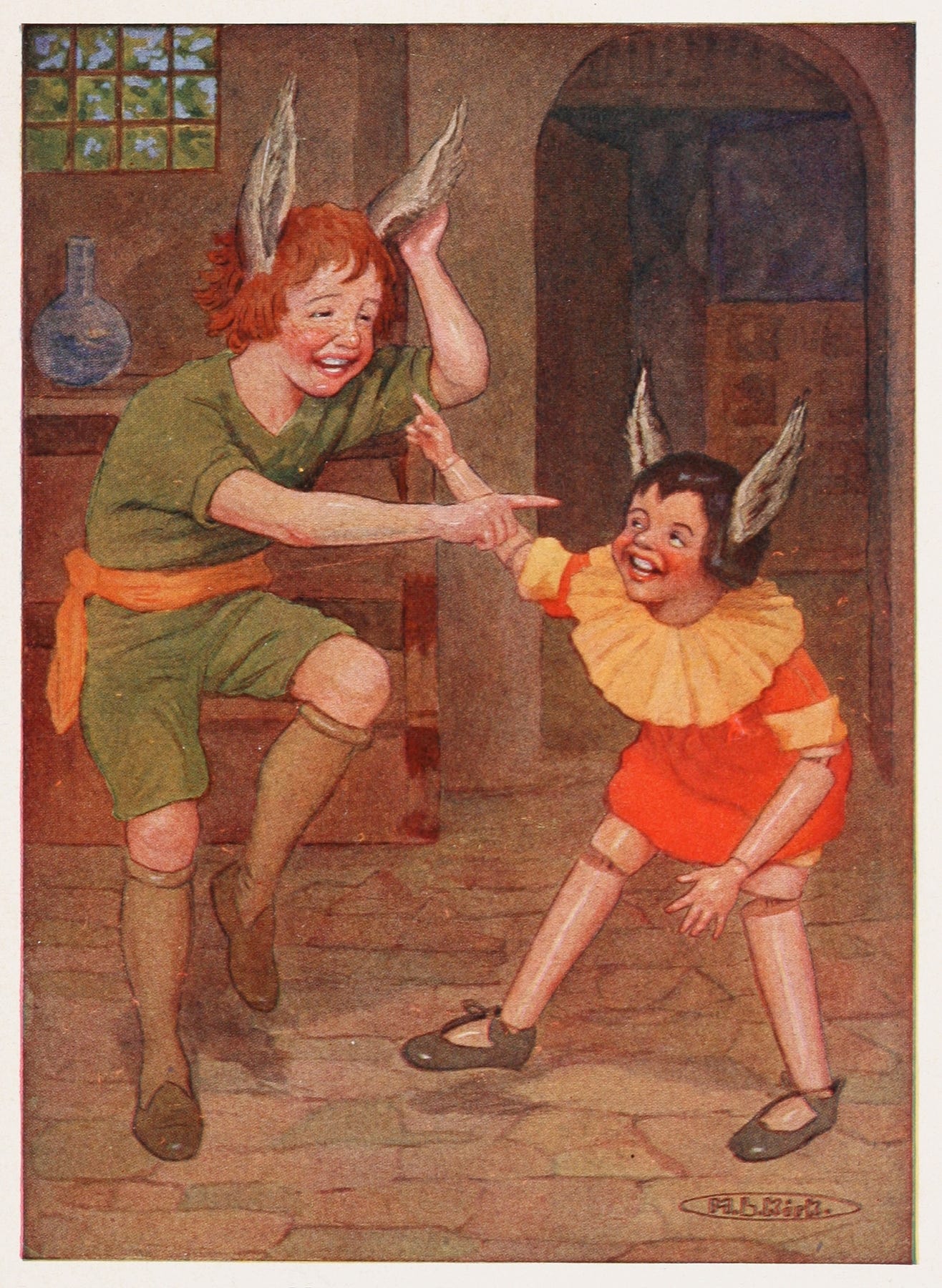



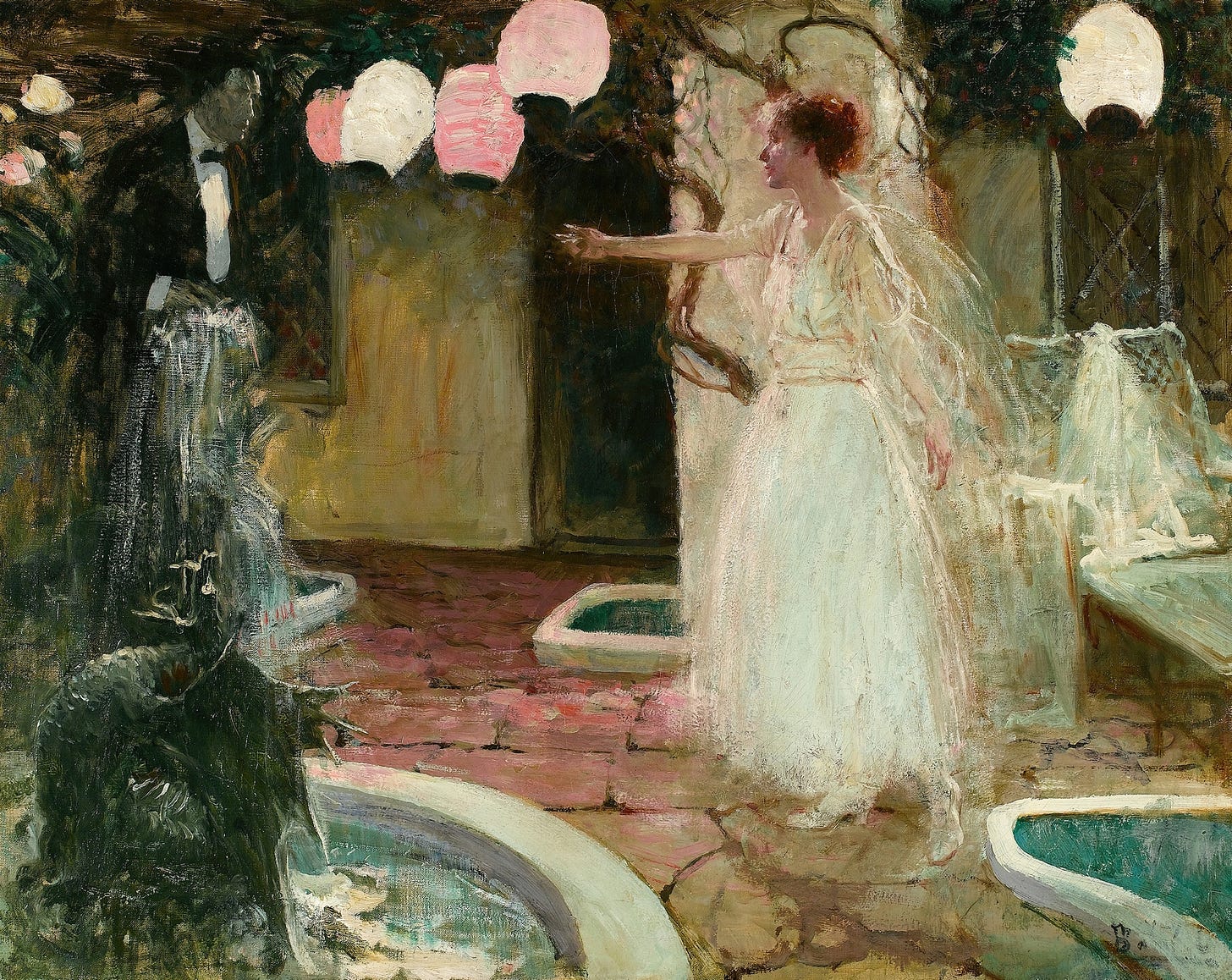
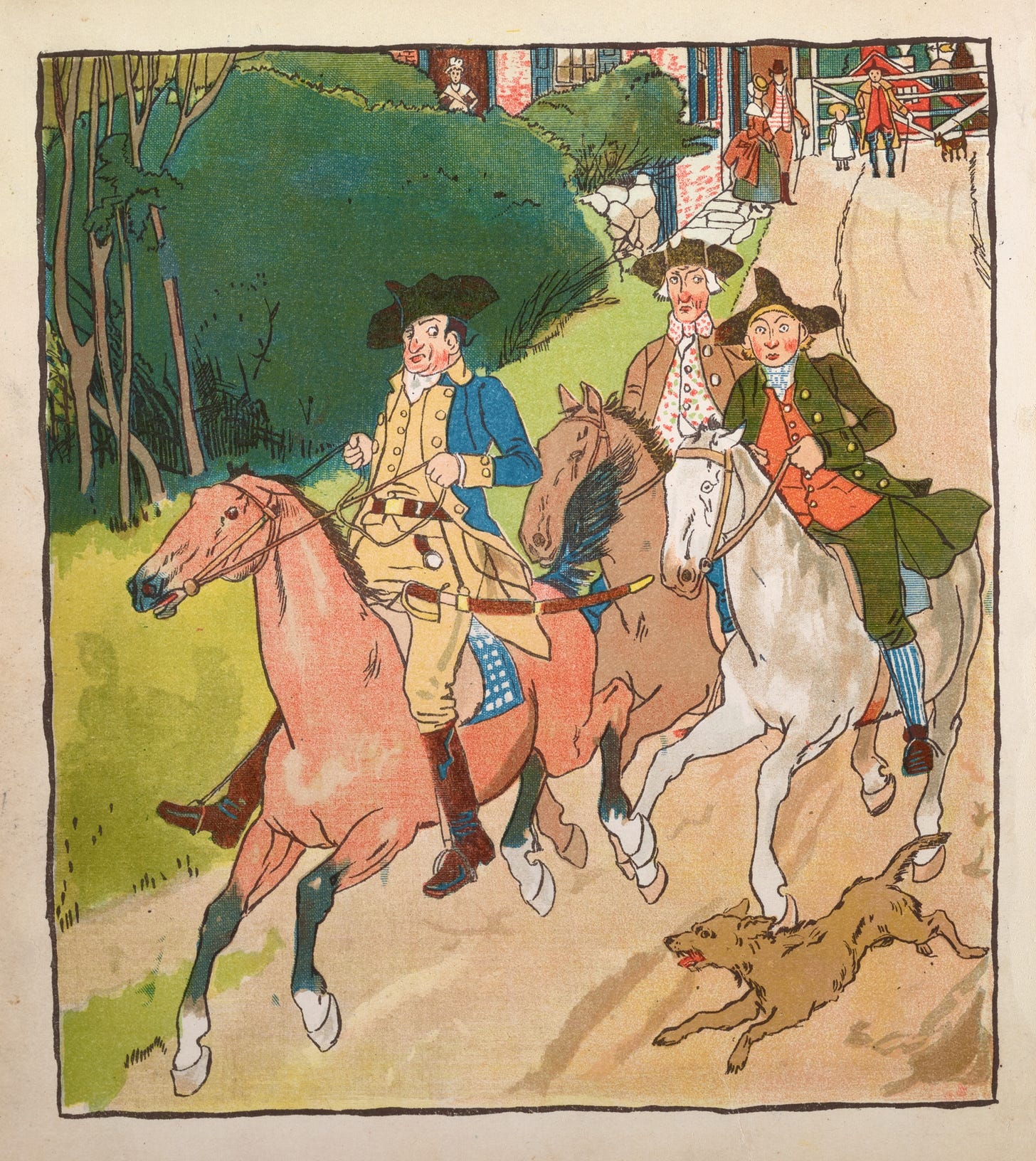
Love it! Thanks a lot for sharing!
Thank you for this! I love it!